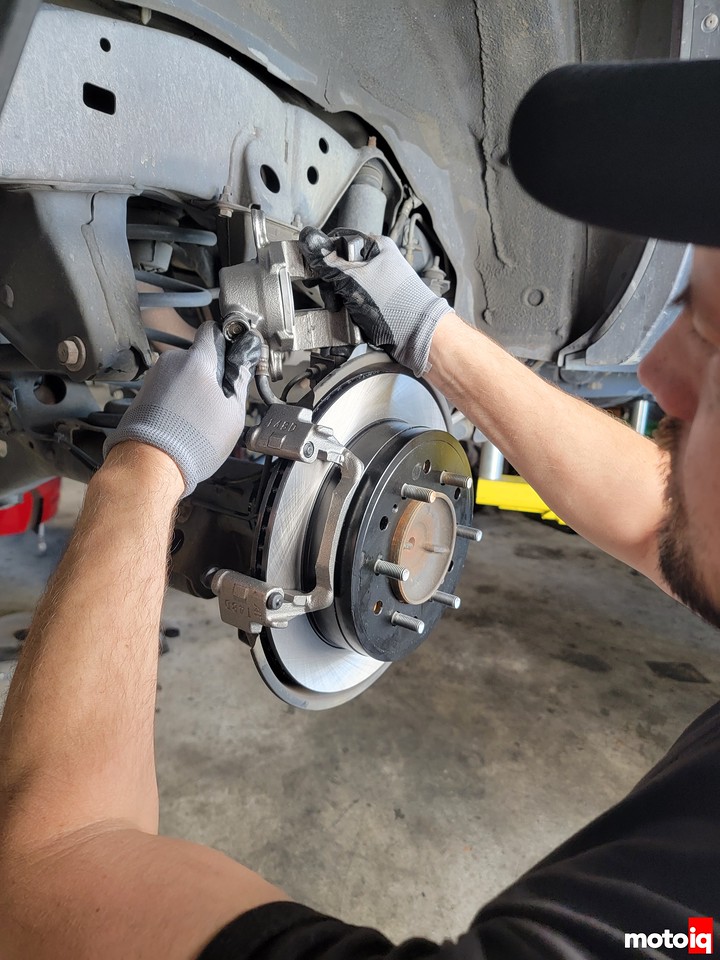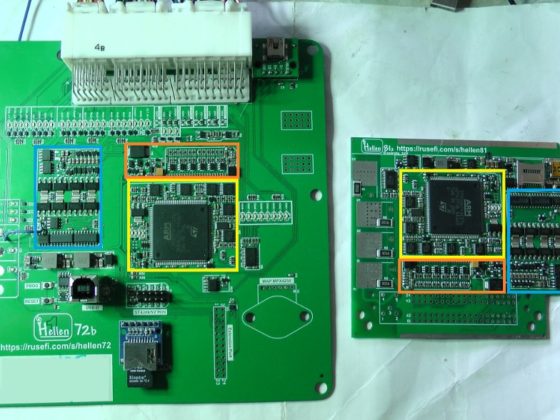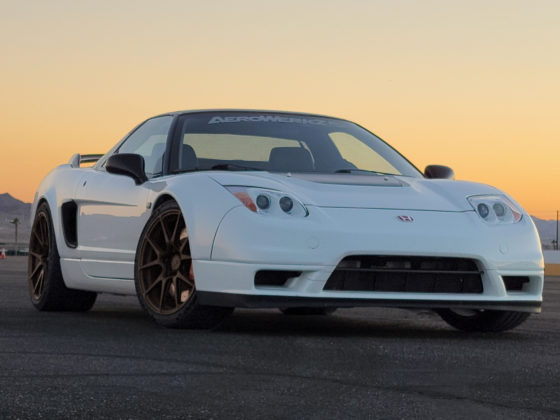
Jeff has a 4th generation (2003-2009) V8 Toyota 4Runner that is his daily driver. This is a pretty cool vehicle that he uses to haul around his family, is capable of off-road adventures, and has enough power to haul a race car on a trailer if need be. Lately, the brakes have been acting up, not working well, pulling, and causing high-speed shimmy when braking on the freeway. Doing some research, Jeff found that these are symptoms of a typical 4th gen 4Runner, sticking pistons in the calipers. Jeff also found out that a common fix is to upgrade the brake to the ones found on a 5th generation (2010-n0w) 4Runner. So with a little research, Jeff ordered up these Centric parts from Rock Auto.
| CENTRIC | 14144588 (141.44588) | Caliper | $ 46.79 | $ 75.00 | 1 | $ 121.79 |
| CENTRIC | 14144587 (141.44587) | Caliper | $ 46.79 | $ 75.00 | 1 | $ 121.79 |
| CENTRIC | 14144287 (141.44287) | Caliper | $ 49.89 | $ 90.00 | 1 | $ 139.89 |
| CENTRIC | 14144288 (141.44288) | Caliper | $ 53.79 | $ 90.00 | 1 | $ 143.79 |
| CENTRIC | 10609761 (106.09761) | Brake Pad | $ 34.79 | $ 0.00 | 1 | $ 34.79 |
| CENTRIC | 10606060 (106.06060) | Brake Pad | $ 24.89 | $ 0.00 | 1 | $ 24.89 |
| CENTRIC | 12044175 (120.44175) | Rotor | $ 54.99 | $ 0.00 | 2 | $ 109.98 |
| CENTRIC | 12044174 (120-44174) | Rotor | $ 86.79 | $ 0.00 | 2 | $ 173.58 |

Centric parts are pretty high-quality aftermarket parts, the rotors are all e-coated to prevent rusting and the calipers have all the hardware including anti-rattle plates and clips. The new front rotors are the same diameter as the original parts.
 The new rotors are thicker at 32mm vs the stock at 28mm. This gives the rotor more heat capacity and fade resistance. You must replace the 5th gen rotors and calipers together. If you use the 5th gen calipers on the thinner 4th gen rotors, you can spit the pistons past the seals once the pads wear. This will cause a catastrophic loss of brakes!
The new rotors are thicker at 32mm vs the stock at 28mm. This gives the rotor more heat capacity and fade resistance. You must replace the 5th gen rotors and calipers together. If you use the 5th gen calipers on the thinner 4th gen rotors, you can spit the pistons past the seals once the pads wear. This will cause a catastrophic loss of brakes!




13 comments
I love when you can dig into the manufacturer parts bin and find “OEM+,” style upgrades like these.
Im on the hunt for a slightly larger master cylinder for my trailblazer ss from within the GM truck family. Factory i think is 1”, and am looking for a 1-1/16th as a baby upgrade, as I’ve found some 1.25” units already.
Be careful, on the master cylinder side a 1/16″ makes a pretty big difference.
On a Subaru this is a pretty common upgrade when paired with 4pot non-brembo brakes. Nice pedal feel after it’s done. I think I put in a legacy MC on to my forester FXT? Same with my WRX, I did the same. 1″ to 1-1/16th.
I’m hoping the mush that is the trailblazer can be firmed up some, without having to go full hydroboost setup… That’s just a complication I don’t want to deal with.
But thanks for the fair warning,!
Jeff, you may need to get those calipers painted up. Last set I replaced rusted really quickly.
anyone know if this will work with the 06 tacoma?
Were you able to return the 4th gen calipers to cover the core charges? Or did they not accept them because they are different parts? That’s $330 gone if they don’t accept them.
Thanks
We were able to get the core charges refunded …your results may vary 🙂
Is it fair to keep repeating you get “more clamping force” with the bigger pistons? its the same hydraulic force distributed over a larger area. There’s no change at the master that creates said force. Technically it’s the same amount of force over a larger area and therefore less pressure but more evenly distributed over the face of of the pads.
it’s not “fair” it’s a fact, do some reading on how hydraulics work.
Nice write up.
Is it just me or is Toyota always underwhelming on their brakes? Tundra brakes in a 3rd gen 4Runner is a solid bump up (which I drive). I am getting a 4th gen V8 and I am happy to see that there is an upgrade that is stock-ish. And yes, P=F/A…so same pressure, greater clamping area for bigger pistons equals greater force. F=PA and all that.
Toyota needs to bump their brakes up in design. I like stopping.
Japanese companies in general build under braked cars. My theory is that in Japan you cant drive fast for long so there was never a need for killer brakes!
Thank you Mike. This article is very helpful. I have a 4th gen SR5 V6. I believe these rotors are smaller, than the V8 and Sport. Would the backing plate need to be replaced in this upgrade? I appreciate your help.
No